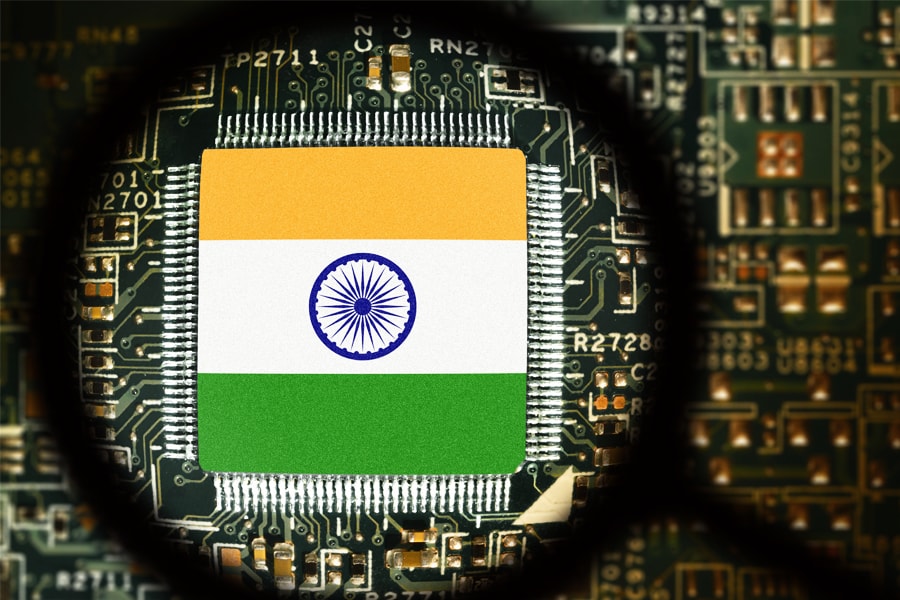
India's semiconductor dream gets a push as PM lays foundation for three manufacturing facilities
After US-based Micron, India's Tata Group and Murugappa Group commence ground-breaking ceremonies for facilities in Gujarat and Assam
 Image: Shutterstock
Image: Shutterstock
On March 13, Prime Minister Narendra Modi virtually initiated ground-breaking ceremonies for three semiconductor projects worth about Rs 1.25 lakh crore. During his address, PM Modi admitted to having missed the bus all these years, but now there’s no room to waste time and catch up with other countries on semiconductor manufacturing.
He laid the foundation for the semiconductor fabrication facility at the Dholera Special Investment Region (DSIR), Gujarat, and the Outsourced Semiconductor Assembly and Test (OSAT) facility at Morigaon, Assam, and Sanand, Gujarat.
Tata Electronics Private Limited (TEPL) will be setting up the Dholera and Morigaon units. With a total investment of over Rs 91,000 crore in the Dholera facility, this will be the first commercial semiconductor fab in the country. The company will be investing Rs 27,000 crore in the OSAT facility in Morigaon. During the 10th Vibrant Gujarat Global Summit in January, Tata Sons Chairman N Chandrasekaran announced the Gujarat unit and said that the operations are expected to commence this year. The company will be running it jointly with Taiwan-based Powerchip (PSMC).
PSMC will assist Tata Electronics in building India's first 12-inch waferfab. They also plan to produce power management integrated circuits, display driver ICs, microcontrollers, and high-performance computing logic in order to enter the automotive, computing and data storage, wireless communications, artificial intelligence, and other application end markets.
“We will create more than 50,000 jobs, and this is just the beginning,” Chandrasekaran said during the ground-breaking ceremony today. “Chip shortages during the pandemic made us realise our dependency on the international supply chain. A domestic semicon industry is integral to indigenous industry. Semicon chips have a defining role to play in every industry: Auto, AI, defence, green tech, health, and every other industry.”








